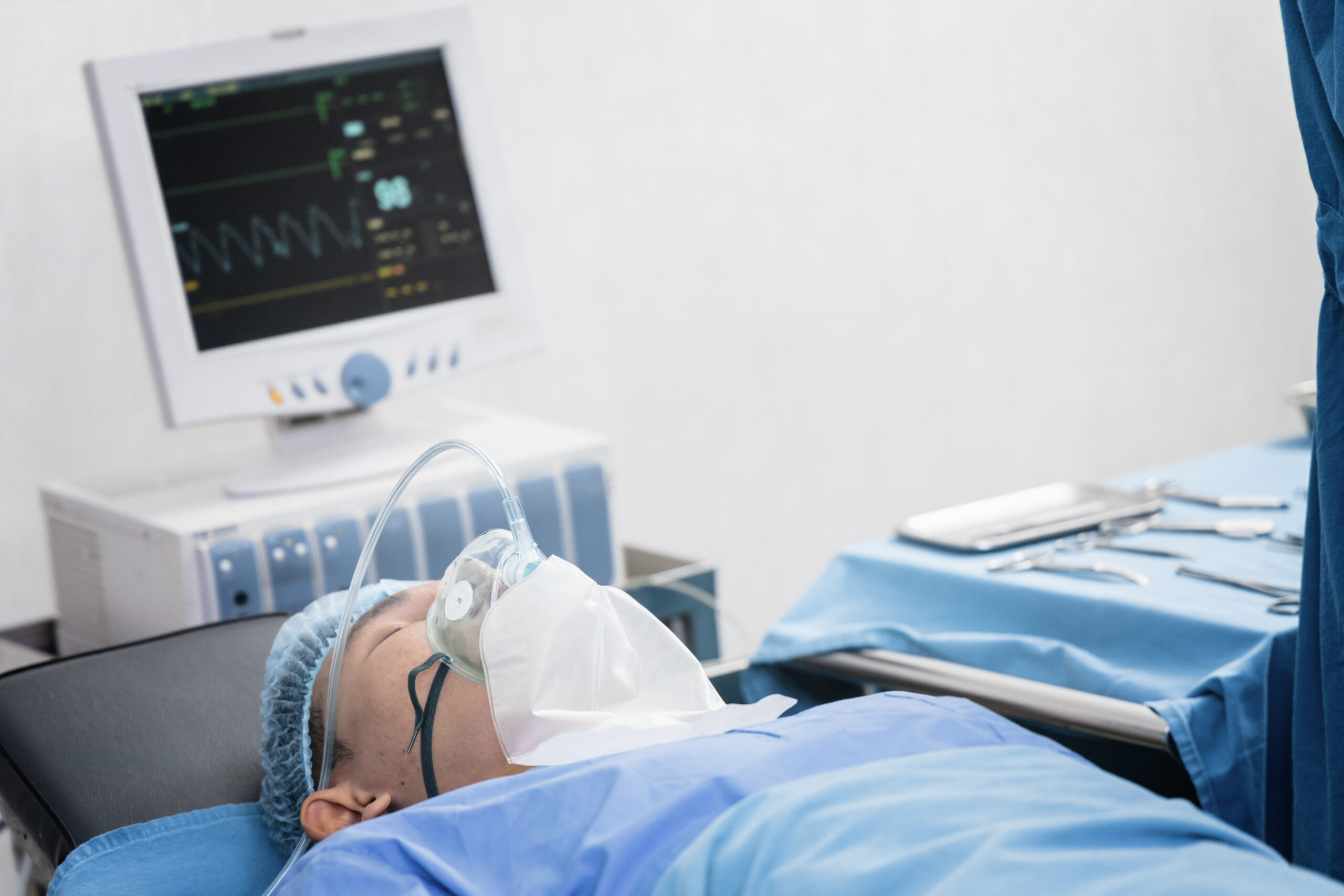It is difficult and painful for a patient to have a legal struggle against the medical team that they trusted. However, attorneys familiar with defective medical devices can help them assert their rights and get the help they need to recover. You may have heard of recent high-profile litigation about:
- CPAP devices that released toxic chemicals into the users’ airways
- Hip replacements that led to a buildup of metal in the bloodstream, causing serious illness
- Transvaginal mesh devices that caused bleeding and infections
- Breast implants that ruptured or caused illnesses, including cancer
Patients who receive defective medical devices must act quickly to make a claim under California law or, if applicable, the law of another state. Suits over medical devices can be complex, potentially involving several jurisdictions.
Product liability law governs the legal responsibilities of manufacturers and sellers of faulty products. The law differs in each state, although the states share underlying principles.
How Liability Works
Plaintiffs and Defendants
In California, anyone injured by a product may sue if their injury was “reasonably foreseeable.” If they die of their injuries, their family may bring a wrongful death suit. The law names the specific family members who can sue, including their surviving spouse or domestic partner, their children, or their grandchildren if their children are deceased. Certain other family members may have the right to sue if they had been dependents. See Cal. Civ. Proc. Code § 377.60.
Anyone in the “chain of distribution”—manufacturing, retailing, wholesaling—may be open to a lawsuit over a faulty product under California law. However, whether the plaintiff chooses to pursue a claim against any one of them depends on their case.
In general, there are three grounds for suing under product liability law:
- Manufacturing defect—a product that was faulty when it left the defendant’s hands
- Design defect—a product that was poorly designed and could not have worked properly
- Failure to warn—leaving the user unaware of possible risks
Strict Liability Claims
In most states, including California, an injured user may sue to hold a manufacturer or seller strictly liable—that is, liable regardless of whether they were negligent in manufacturing or selling the product. However, in California, it is not always possible to hold a manufacturer strictly liable for medical devices that were sold through healthcare providers and implanted in the body.
California courts have held that when implanted medical devices are only available through physicians, manufacturers only have a duty to warn those physicians about the possible risks. As a “learned intermediary,” the physician’s duty is to warn their patients. Furthermore, California courts do not hold manufacturers strictly liable for a design defect in implanted medical devices, holding that “the public interest … justifies an exemption” to avoid discouraging the development of new devices. Garrett v. Howmedica Osteonics Corp., 214 Cal.App.4th 173, 184.
Negligence Claims
Medical device plaintiffs can also sue on the grounds of negligence. The plaintiff must show that the defendant was not “reasonably careful” to “avoid exposing others to a foreseeable risk of harm” from the product. See Judicial Council of California Civil Jury Instructions No. 1221. Furthermore, they must show that the defendant “knew or should have known” of the product’s dangers.
In their own defense, defendants may claim that the product was misused or modified in a way they could not reasonably foresee. They may also claim that the plaintiff was a “sophisticated user” who had the education to understand the risks of the product. If proven, these can reduce or eliminate their liability to the plaintiff.
How Claims Are Made
Since medical devices are usually mass-marketed by large corporations, litigation over their failures is often a wide-ranging business. Claims of failure for a medical device can involve dozens or hundreds of injured parties and several jurisdictions.
Which Jurisdiction to Choose?
A plaintiff may have the right to file a lawsuit in one of several jurisdictions—their own residence, the state where they purchased or received the device, or the state where the company is incorporated. This will depend on all the facts of the case. In some instances, the law of another state may be more advantageous, but defense attorneys can spend a good deal of time and resources fighting jurisdiction. It may be wiser to join a larger action.
Multi-District Litigation and Class Actions
In a class action, a single large pool of people—a class—is the plaintiff. Members of the class may be notified by mail or learn by advertisements that they are eligible for compensation. If they had not heard about it, they may qualify for settlement funds without having joined the lawsuit. Class actions are better suited to relatively small claims, as members of a class have little or no autonomy in the lawsuit.
Multi-district litigation (MDL) or mass torts are common for serious product liability cases where plaintiffs tend to have heavier damage claims. MDL takes place in federal court, whereas mass torts are generally on the state level. Plaintiffs may have differing claims and levels of injury, but they all stem from the same issue—usage of the defective product. The lawsuits are consolidated in order to help expedite discovery (fact-finding), trials, and, hopefully, an eventual settlement. Unlike a class action suit, each plaintiff files separately and has their own attorney.
Moving Forward
It is vital to speak with an attorney as soon as you think you may have a claim. Under California law, you have two years to file a lawsuit, counted from the date you knew or should have known about your injury. If you believe you may have a case in California, contact us today at 818-369-3270 to schedule a free initial appointment in our Encino offices.





